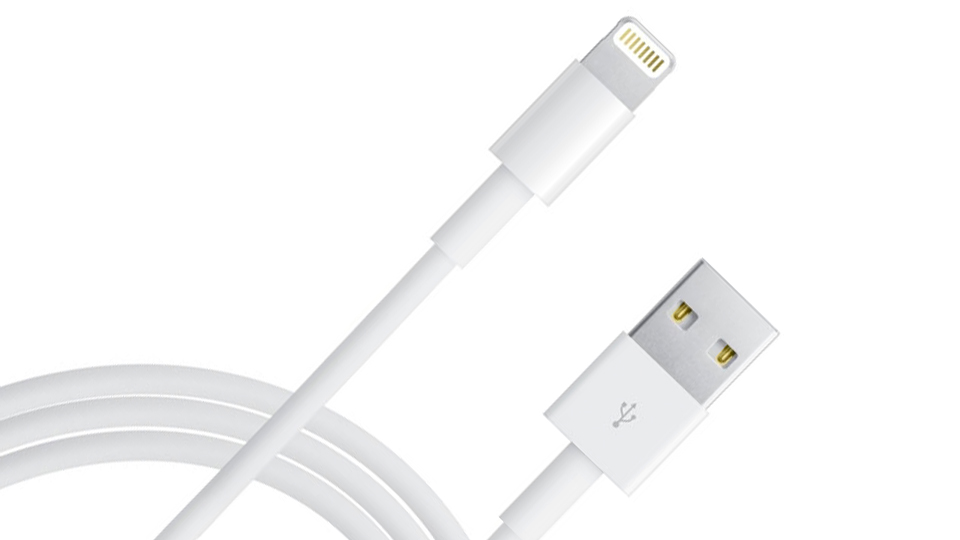This fake iPhone charging cable will hijack your computer
Malicious Lightning cable would allow hackers to take over a Mac or PC

A fake Apple charging cable has been developed that could allow attackers to trick their way into a victim's devices.
Security researcher Mike Grover, also known as MG, has developed a fake Lightning-esque cable similar to those used to charge up iPhones that he says could be use to hijack a laptop or PC just by plugging in.
When plugged into a Linux, Mac or Windows computer, and connected via Wi-Fi, the O.MG Cable can give a hacker full control over the system, allowing them to carry out commands remotely. Yet another new challenge for antivirus software.
- Best iPhone antivirus app of 2019
- Don't check your work email on holiday - here's why
- Apple ups bug bounty rewards in security push
Attack
Grover revealed the cable at last week's DefCon cybersecurity convention, highlighting what he says has been an under-investigated area of mobile security.
"It looks like a legitimate cable and works just like one. Not even your computer will notice a difference. Until I, as an attacker, wirelessly take control of the cable," he told Motherboard.
Grover says that the cable, which fortunately is only a prototype, could be utilised in a number of ways by criminals, allowing them to download and launch malware, remove devices from Wi-Fi networks, and even reconfigure systems.

The cable takes advantage of a flaw in the computer's operating system that detects the cable as part of an input device, or what’s known as a human interface device (HID).
Sign up to the TechRadar Pro newsletter to get all the top news, opinion, features and guidance your business needs to succeed!
Once connected via the IP address of the cable, hackers can start to issue commands using a mouse and keyboard, as operating systems consider HID devices to be input devices. This allows them to manouevre around the hijacked device, download malware or open up software such as browsers to run malicious payloads.
Grover says that the cable, which fortunately is only a prototype, could be utilised in a number of additional ways by criminals, allowing them to download and launch malware, remove devices from Wi-Fi networks, and even reconfigure systems.
- The best antivirus software 2019
Via Motherboard

Mike Moore is Deputy Editor at TechRadar Pro. He has worked as a B2B and B2C tech journalist for nearly a decade, including at one of the UK's leading national newspapers and fellow Future title ITProPortal, and when he's not keeping track of all the latest enterprise and workplace trends, can most likely be found watching, following or taking part in some kind of sport.